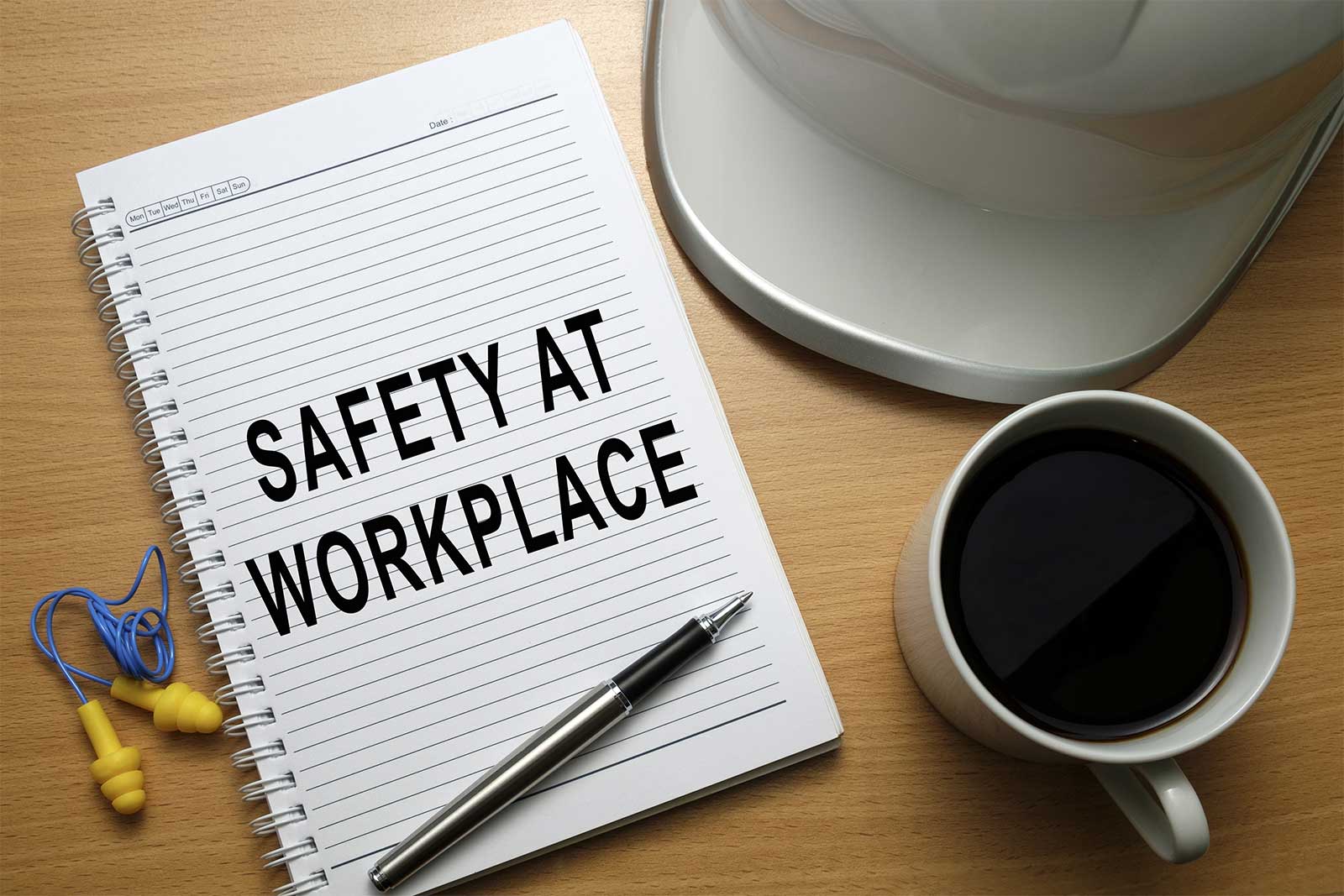The Occupational Safety and Health Administration (OSHA) requires businesses to assess potential hazards, and, when a risk is present, provide adequate personal protective equipment (PPE) and train employees on its use. Failure to do so may not only result in an injury, but can also result in fines for noncompliance. There’s also the cost of compensation claims from injured workers, not to mention the cost of training replacements for injured workers and the need to repair any property damaged in the incident.
When used properly, PPE will significantly reduce both the likelihood and severity of workplace injuries. For example, the Bureau of Labor Statistics reports that almost 60 percent of workers who sustain eye injuries in the workplace had either no eye protection or the wrong eye protection for the job. Clearly, it is both cheaper and ethically preferable to meet the legal responsibility and provide the proper PPE, but how do businesses ensure their employees use it? There are several steps you can take to increase uptake:
Provide Training and Follow Up Regularly
Training is essential to encourage employees to use PPE, and it’s a mandatory requirement in many industries. Many businesses make the mistake of assuming training is a one-off activity, but proper change necessitates ongoing training. Providing all employees with annual PPE training serves as an effective reminder of both the dangers of not using PPE and the best practices when using it.
Help Employees Take Ownership With Incentive Programs
Although the ultimate responsibility for PPE legally belongs to the business, all employees should feel a responsibility not just for themselves, but also for the team around them. By incentivizing and encouraging workers to hold their co-workers to account for their behavior and use of PPE, a company will significantly improve its effectiveness when compared to just incentivizing the manager.
You should be careful to avoid a witch hunt; employees should not feel like their co-workers are looking to catch them out or spot their faults. Instead, reward the teams that follow PPE and other guidelines best; this way, employees gain when someone notices their errors rather than feeling singled out for punishment.
Work With Suppliers to Provide More Effective Personal Protective Equipment
Workers rarely forsake PPE because they have a cavalier attitude toward their own safety; PPE is ignored because it is frequently uncomfortable, unattractive and too restrictive. A survey by Kimberley-Clark Professional held at the National Safety Congress found that more than 40 percent of respondents said the biggest reason for ignoring PPE guidelines was the uncomfortable fit.
It’s hard to get employees to wear PPE when the equipment makes them overheat and is so cumbersome that every job takes twice as long. On a hot day or under the pressure of a tight deadline, they will drop their PPE to improve efficiency. By working with their suppliers, businesses can provide valuable feedback that enables them to provide superior protective solutions. In turn, better, comfier protective equipment will help remove one of the biggest obstacles to a safe workplace.
Follow Through on the Disciplinary Process
Even with the above processes in place, it is likely that you will still have some employees who initially fail to follow best practices. In these circumstances, it is vital that management doesn’t ignore the infraction; if a business isn’t serious about its safety policy, its employees won’t be either.
Workers who breach policy should be disciplined appropriately. For first-time cases, this might lead to a discussion with the manager about the importance of safety and some retraining. Repeat offenders may need to be given a written warning, suspended or even fired. Although this is unpleasant, you are protecting the employees from their own behavior by acting decisively.

With over 10 years of experience in managing workers’ comp claims Tehila understands well the struggles involved. Joining Modwatch gave her the opportunity to use her passion of reducing work related injuries, getting employees back to work, and helping reduce insurance premiums to help others.


